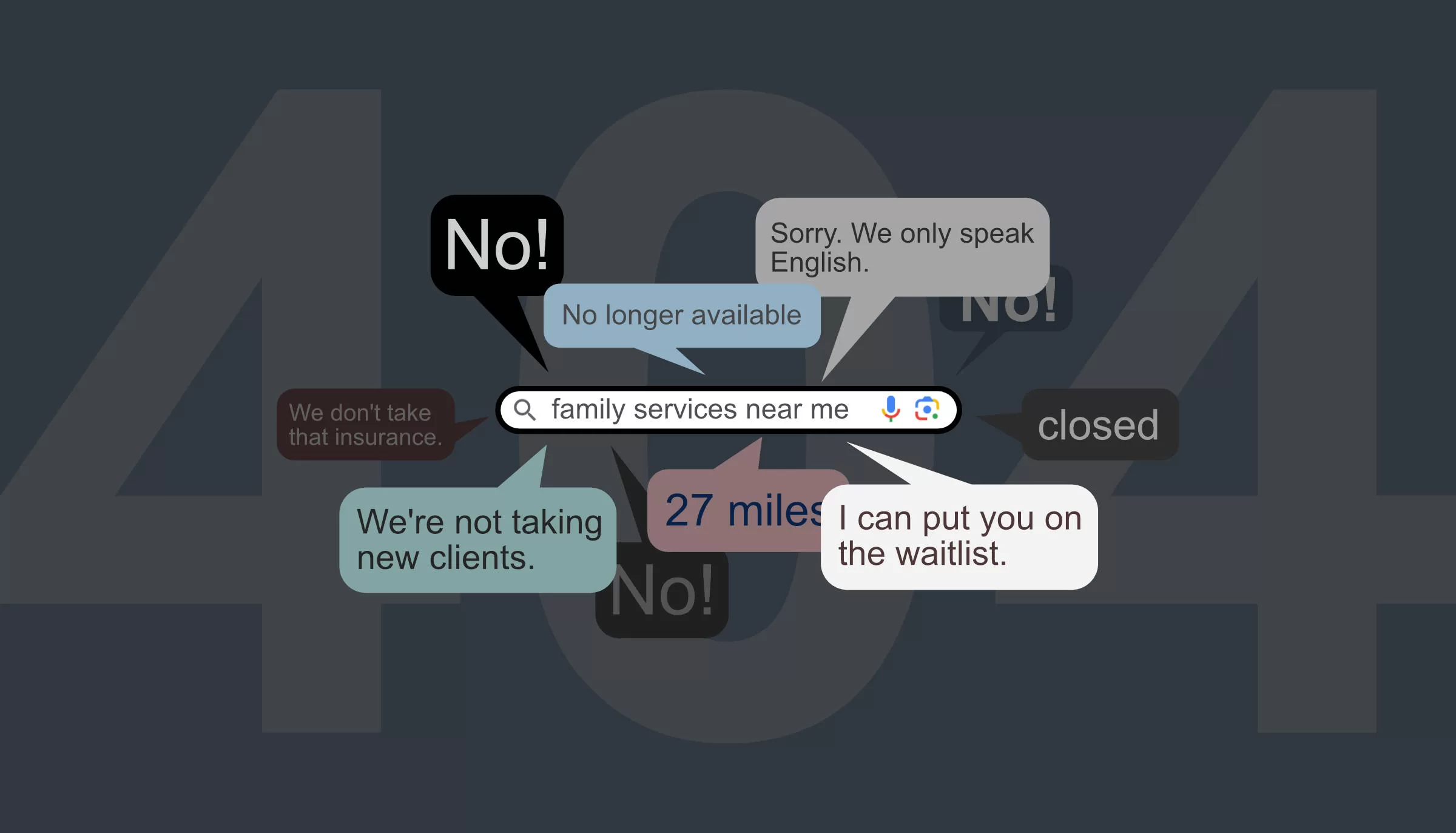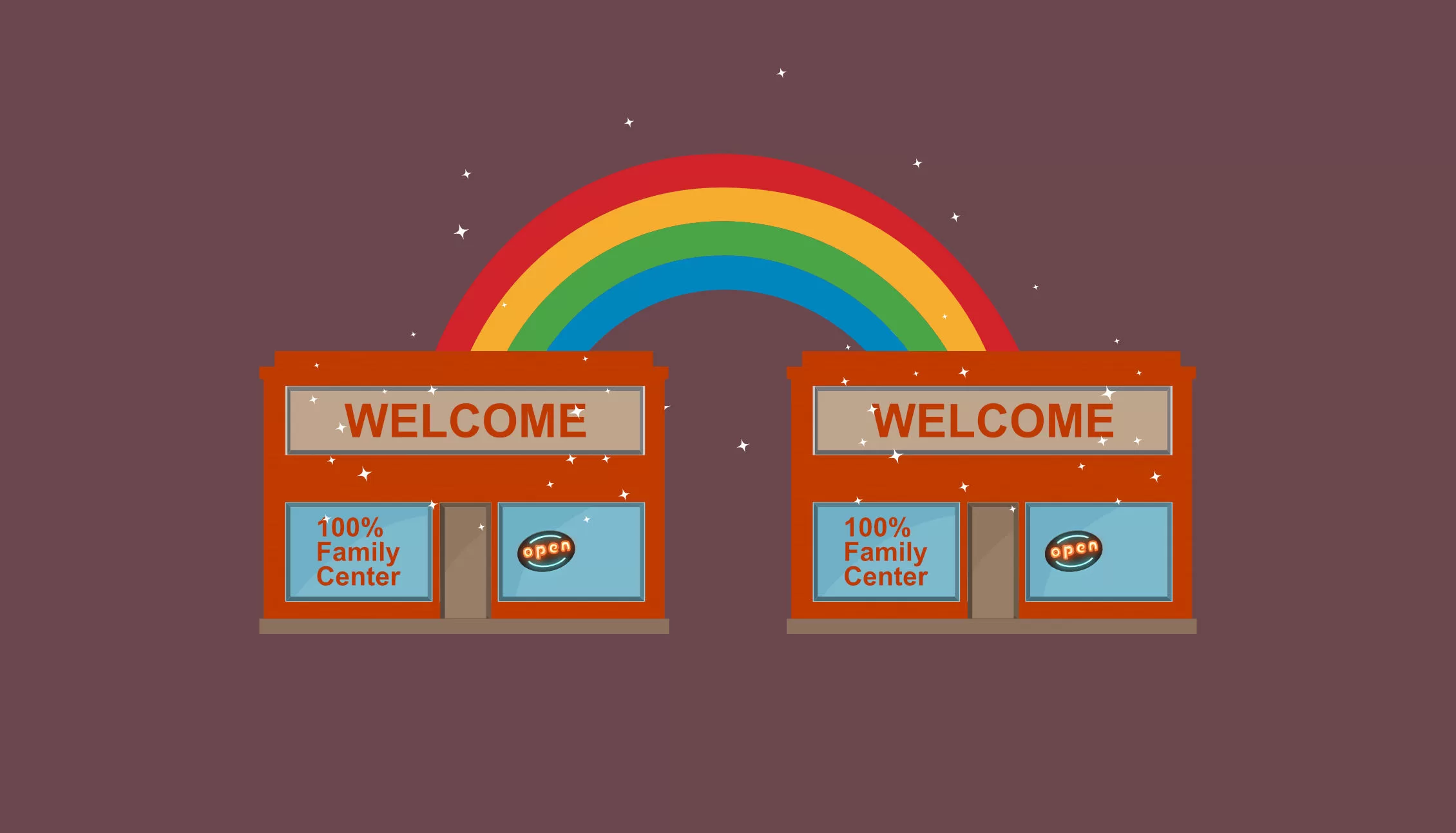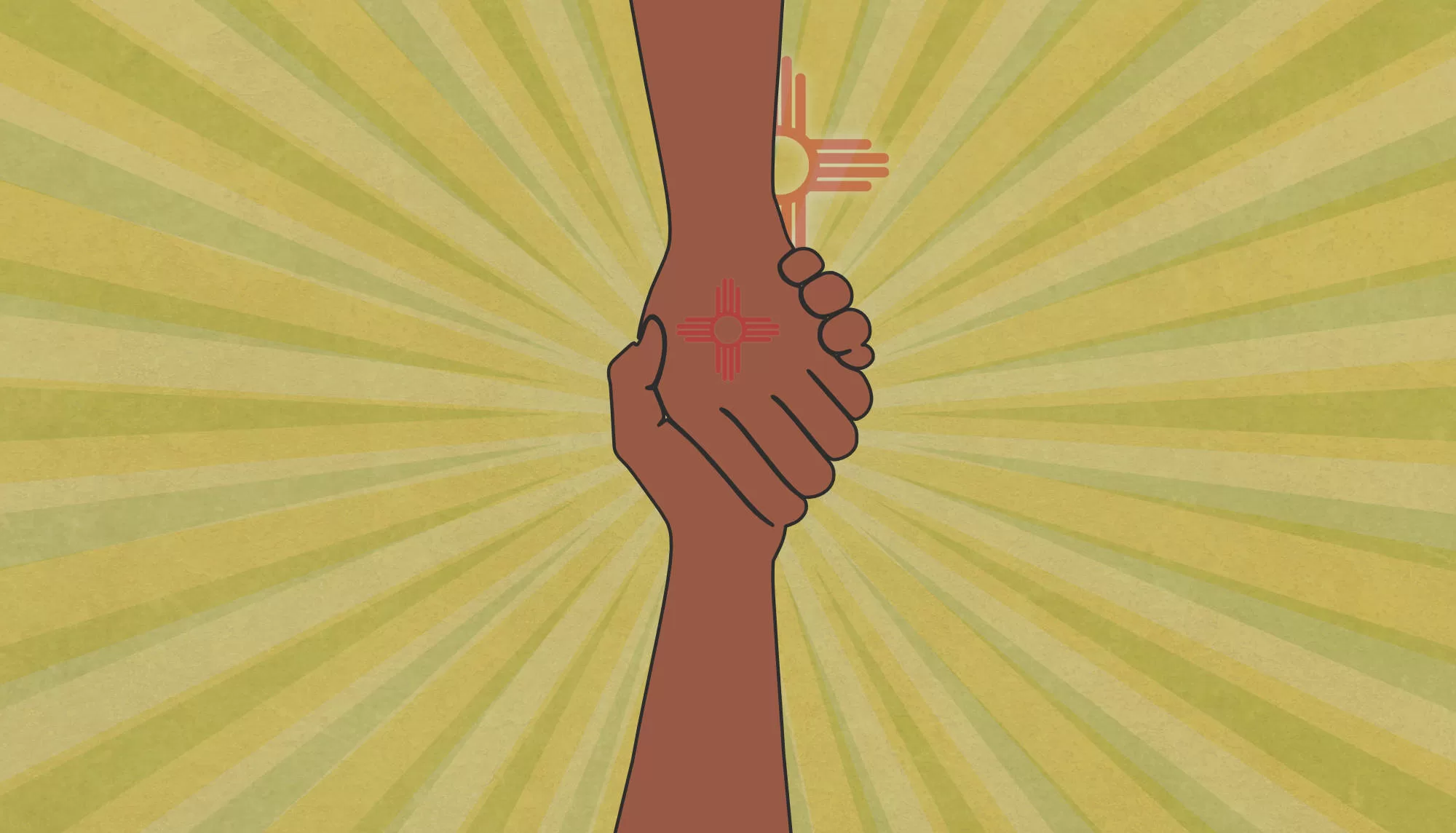How Do We Fund a County Where 100% of Families Can Thrive?
How to 100% Training Series: Part 7
The groundbreaking 100% New Mexico initiative shares the vision with every county of creating a seamless system of ten accessible services for surviving and thriving.
Katherine Ortega Courtney, PhD and Dominic Cappello
When we started the 100% New Mexico in 2019 we applied for a MacArthur Foundation grant that offered 100 million dollars over five years. We were competing with organizations across the entire globe for the one award. We celebrated when we made it through the first two reviews. We imagined each county getting five million dollars yearly for five years to implement the 100% New Mexico initiative. We knew the local work in ensuring ten vital services would require such resources. We did not make it past the third review and received the standard email, “Thank you for your interest and good luck.” Instead of feeling defeated, we kept the dream of full funding for the initiative alive. It still is. This brings us to the reality of identifying and securing funding to ensure that 100% of families can access the services described in our book 100% Community: Ensuring 10 vital services for surviving and thriving.
Step by step, grant writing is a key component of our work today.
Grant writing starts with a shared vision of the local initiative. If a project like the 100% Family Center can be envisioned, it can become a reality by identifying funding sources and writing a proposal that meets the funders’ criteria. Grant writers exist across New Mexico and many local initiative has one on an action team. Raising the funds to do the transformative work of the initiative requires proposal writing and pitching projects to state, county, and city stakeholders. It’s a skill that can be learned. A grant writer can be contracted with or secured through relationship-building with universities and nonprofit organizations that write grants for a living.
100% Proposals abound!
Today, grant writers who are on action teams are helping local initiatives write proposals for the 100% Family Center: One Stop Service Hub and other local priority projects. Various potential funders for socially engaged projects focus on addressing social injustice, racial injustice, child abuse and neglect, and residents’ lack of access to vital services. These funders can include government agencies, foundations, philanthropic organizations, corporations, and nonprofit entities. It all starts with the local initiative’s vision and addressing the challenges identified in the surveys identifying service barriers.
Partnerships strengthen proposals.
The local initiative leadership and the grant writer can discuss potential proposal opportunities and partners. Many projects, such as the 100% Family Center, may benefit greatly by being aligned with or part of higher education, especially the colleges of social work and public health. Consider reaching out to the directors of a university’s social work department or public health department to inquire about interest in co-developing proposals. Here are some examples of funders to explore with a grant writer:
Government Agencies
-
Local Government: Municipal and county governments often allocate funds for community development, poverty reduction, and improving access to services.
-
State Government: State-level agencies may have grant programs to address poverty and provide essential services.
-
Federal Government: Government agencies like the Department of Health and Human Services, the Department of Housing and Urban Development, and others offer grants to support poverty alleviation and service access projects.
Foundations
-
Community Foundations: These organizations focus on supporting initiatives in specific geographic areas and often prioritize projects that address local challenges, including poverty and service gaps.
-
Private Foundations: Various private foundations, such as the Ford Foundation, Robert Wood Johnson Foundation, and Open Society Foundations, fund projects related to poverty alleviation and service access.
-
Family Foundations: Family-led foundations often have a vested interest in supporting projects that improve the well-being of communities.
Philanthropic Organizations
-
United Way: Chapters in different regions focus on community development, including addressing poverty and access to essential services.
-
Casey Family Programs: This foundation supports initiatives to improve the lives of children and families in low-income communities.
Corporations
-
Corporate Social Responsibility (CSR) Programs: Many corporations have CSR initiatives that fund projects aligned with poverty alleviation and improving access to vital services.
-
Local Businesses: Small and medium-sized local businesses may support community projects as part of their commitment to social responsibility.
Nonprofit Organizations
-
Nonprofit Grantmakers: Some nonprofit organizations, like the Bill & Melinda Gates Foundation, may fund projects in the US that align with their mission, including addressing poverty and service access.
-
National Nonprofits: Large national nonprofits may offer grants to support local projects focused on children’s health, safety, education, lack of services, and service access.
Social Impact Investors
-
Impact Investment Funds: Impact investors seek to achieve both financial returns and social impact. They may invest in projects aimed at poverty reduction and service access.
Civic and Social Organizations
-
Rotary Clubs: Rotary International and local Rotary clubs often support community development initiatives.
-
Kiwanis Clubs: Similar to Rotary clubs, Kiwanis clubs focus on improving the lives of children and families.
Crowdfunding Platforms
-
Online Platforms: Platforms like Kickstarter, GoFundMe, and Indiegogo can be used to raise funds for socially engaged projects addressing poverty and service gaps.
When seeking funding for your socially engaged project, developing proposal partners, and contracting with a grant writer, carefully research potential funders to understand their focus areas, application requirements, and grant cycles. The grant writer can help craft compelling proposals that clearly outline the project’s goals, strategies, expected outcomes, and how it aligns with the funder’s priorities. Additionally, consider building partnerships and collaborations with other organizations to strengthen your project’s chances of receiving funding and creating a larger impact.
In a county or region, we must acknowledge the limits and scarcity of funding and the competition between organizations to acquire funds. Overcoming a history of competition requires time, patience, and a genuine commitment to working together for the greater good. By fostering a culture of collaboration and trust, service organizations can transform their relationships and achieve more meaningful impact within their communities. For example, when writing a proposal for the 100% Family Center, reach out to other family-serving organizations to discuss the benefits of collaborating on the proposal. When writing grant proposals, seek partnerships to strengthen service alignment and collaboration between local service organizations.
Please consider the above steps as a serving suggestion rather than a strictly defined set of rules. Activities work best when customized by local stakeholders to meet local needs. Please contact the Anna, Age Eight Institute with any questions, concerns, or bold ideas for improving the process.
Project developers can reflect on these questions.
- What is your initiative’s vision for projects and what funding do you require to turn a vision into reality?
- What support might you require from the Anna, Age Eight Institute to identify grant writers?
- How are potential partners in your county for developing proposals to fund initiative projects like the 100% Family Center or a community school?
- What support might you require to connect with local or regional higher education with university departments of social work or public health to explore partnership in proposal development for the 100% Family Center?
- How can you build relationships with funders and pitch your initiative proposals to stakeholders in state, county, and city government?
Join the discussion with other initiative members
If you’d like to join in the conversation across New Mexico, you can go directly to the 100% New Mexico Training Center and explore the “How to 100%” course. There, you will find a course on all initiative activities and a general discussion area connecting you with other initiative champions across New Mexico. For a view of the entire initiative’s progress please visit our research briefs.
The How to 100% Article Series
Don’t miss a blog post! Get notified!
The 100% New Mexico initiative is a program of the Anna, Age Eight Institute at New Mexico State University, College of Agricultural, Consumer and Environmental Sciences, Cooperative Extension Service. Contact: annaageeight@nmsu.edu or visit annaageeight.nmsu.edu to learn more.











